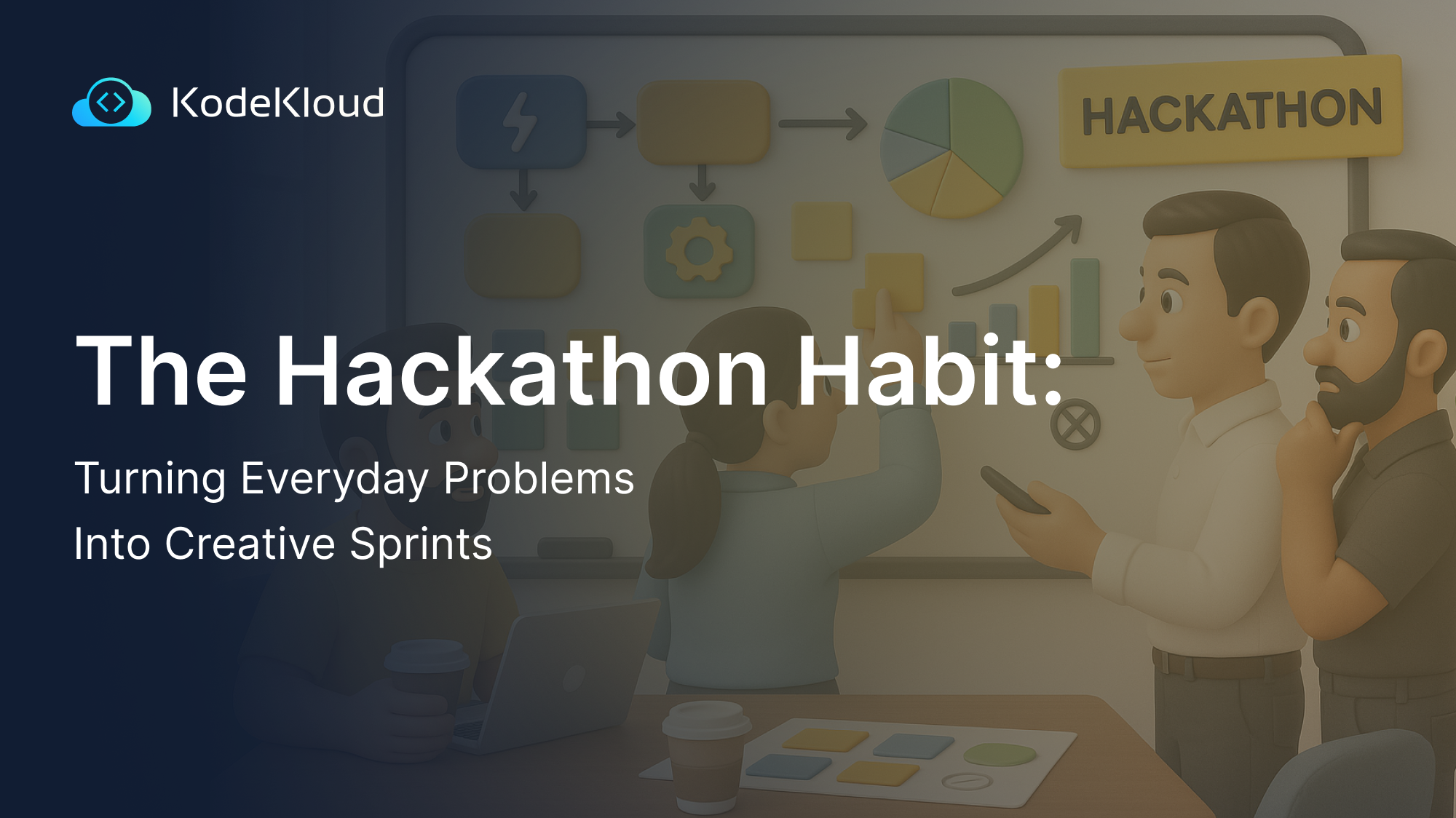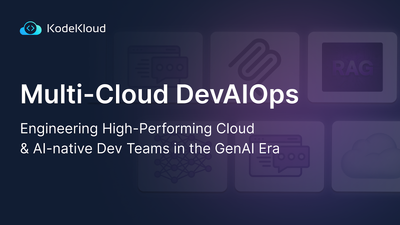In most teams, creativity dies quietly, not because people lack ideas, but because no one gives them time, structure or permission to explore them. As team scale and focus on delivery, experimentation becomes part of our DNA. With each delivery, we aim to turn friction into innovation.
Why We Started Running Hackathons
As an edtech company, we are strong advocates of learning ourselves. Our internal hackathon is an opportunity for the remote team to clear repetitive blockers together (e.g., slow content updates, automation gap, workflow bottlenecks.). With curious team members all over the globe, where offsite isn’t always an option, we choose to foster collaboration through continuous learning and solving day-to-day challenges. We bring together team members of different disciplines, give them space to learn new tools, including external tools and our own DevOps & AI labs and other external tools. We value experimentation, where each project has to demo.
How We Designed Our Hackathons
Hackathons don’t need to be 48-hour marathons; they can live inside your regular sprint cycle. Our playbook looks like:
Duration: 2 days to 4 weeks depending on scope.Prompt: Problems from real workflows (e.g., outdated course content, campaign automation).Team: Cross-functional: engineers, designers, marketers, instructors.Goal: Build something useful or learn something new.
What we built (7 mini-hackathons so far)
- KodeKloud Chrome Extension – “New Tab = Learn Faster”
A lightweight extension that opens studio.kodekloud.com/labs every time users open a new browser tab.
Why it matters:
- Learners forget we offer free playgrounds
- This boosts discoverability and hands-on practice
- More playground usage → stronger engagement → better conversions
A simple idea, huge impact.
- Slack-Based AI Agent for Bitly Link Automation
A Slack bot that generates Bitly short links with UTMs instantly, correctly, and consistently.
Why it matters:
- Eliminates manual errors
- Keeps UTM naming conventions consistent
- Saves hours across marketing and operations
- Integrates with our existing Zapier + Google Sheets flow
This is the type of operational automation that compounds over time.
- KodeKloud DevOps & Cloud Job Board
A branded job board that scrapes and enriches DevOps roles daily, filters by tech stack, and funnels applicants into KodeKloud login.
Why it matters:
- Connects learning → employment
- Drives SEO traffic for “DevOps jobs”
- Gives learners a curated home for opportunities
- Strengthens our PLG motion
A perfect example of product + platform synergy.
- AI-Powered Audio Patch Tool for Courses
A lightweight internal app that patches voice errors in course content using cloned voice + transcription.
Why it matters:
- Fixes small narration mistakes without re-recording
- Speeds up content updates
A huge win for the content team, and our learners.
- Live “1M Learners” Progress Tracker
A real-time dashboard showing how close we are to teaching 1 million learners through KodeKloud labs.
Why it matters:
- Transparency fuels motivation
- Beautiful visual milestone for community + partners
- Reinforces our mission internally
Celebrating progress builds momentum.
- AI Narration Generator for Solution Videos
Turns casually recorded lab walkthroughs into polished, high-quality narrated solution audio.
Why it matters:
- Keeps lab content fresh without re-recordings
- Enables scalable, consistent solution videos
- Helps us maintain premium learning experience
Great example of “AI-native content operations.”
- Course Freshness Checker Bot
A bot that compares our course content against updated official docs (Kubernetes, Terraform, Docker, etc.) and flags outdated sections automatically.
Why it matters:
- Ensures course notes and guides are accurate
- Saves hours of manual review
- Guarantees learners receive up-to-date instructions
In the fast-moving world of DevOps, we strive to keep our courses most relevant.
Learning, Not Launches
The real outcome wasn’t just the projects, it was building shared context across departments, and encouraging people to take initiatives. Many of our teams used AI tools or automation principles from our DevOps + AI labs to speed up their projects.
Our N8n course launched a couple of months ago, helping people execute simple email automations to advanced RAG agents and multi-workflow systems.
TLDR: Running your own hackathon
- Pick a friction point. (Something your team complains about weekly.)
- Timebox the effort. (2 days, not 2 months. Constraints make team more creative.)
- Mix roles. (The best idea comes from unexpected pairings)
- Show, don’t tell. (Demo what you built, not what you planned.)
- Share learnings. (Even failed ideas deserve airtime.)
Start small. What can your team ship next Friday?
Building a Culture of Experimentation
Hackathons remind us that innovation doesn’t always need a strategy doc, just time, curiosity, and the freedom to build. There are more than one way to run hackathon:
- Atlassian keeps a ritual of 20 years to organize a 24-hour innovation sprint where employees can work on projects they’re passionate about outside of their regular duties. https://www.atlassian.com/blog/developer/from-ideas-to-impact-the-story-of-shipit
- Theory Ventures: America's Next Top Modeler: The Context Engineering Hackathon focuses entirely on AI engineering quality
- Pinterest pairs up technical with non-technical team members
Trust, autonomy, and play are at the center of a successful hackathon. If you want your team to experiment more confidently with automation and AI, check out our hands-on labs on AI in DevOps or Automation for Developers.
Give your team the right tool, they’ll create the magic.


















Discussion